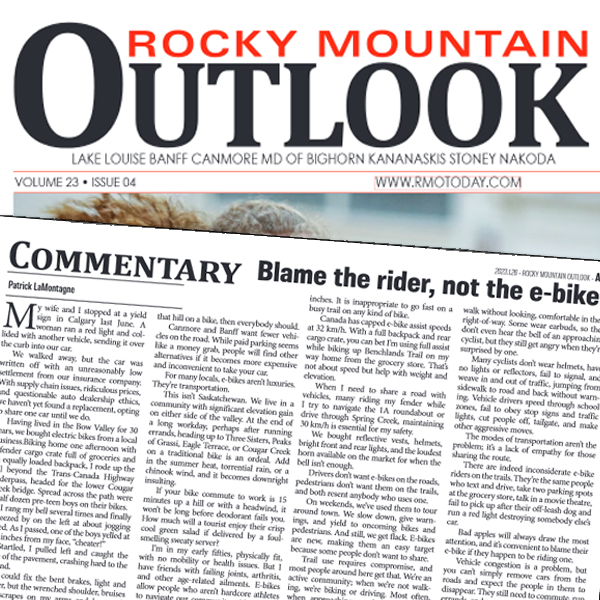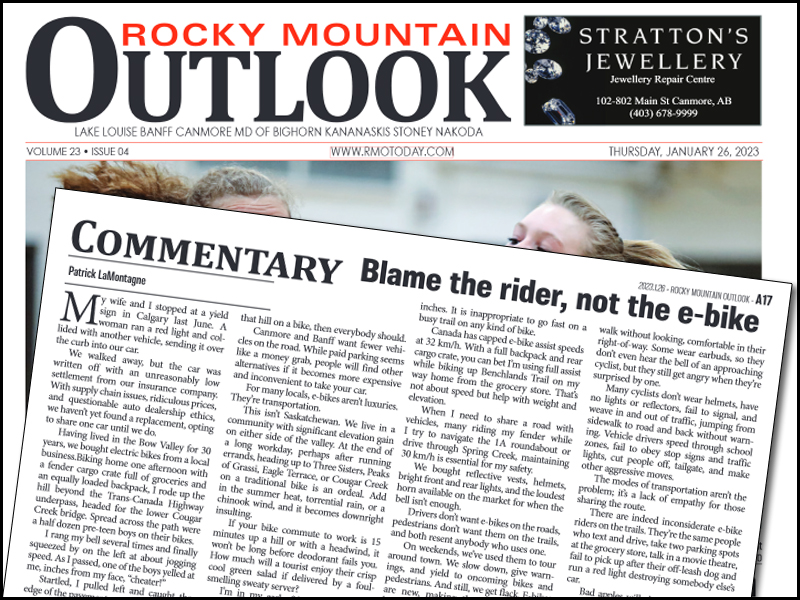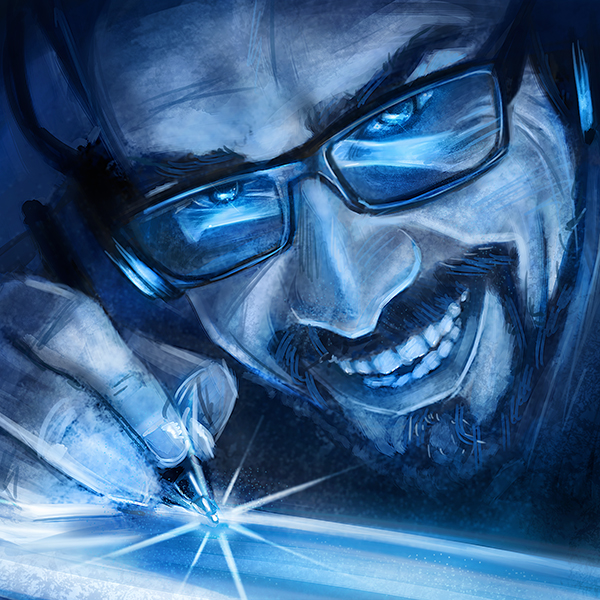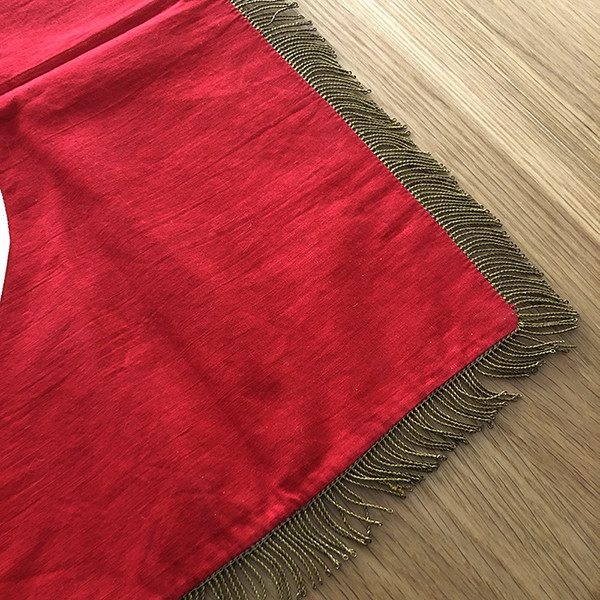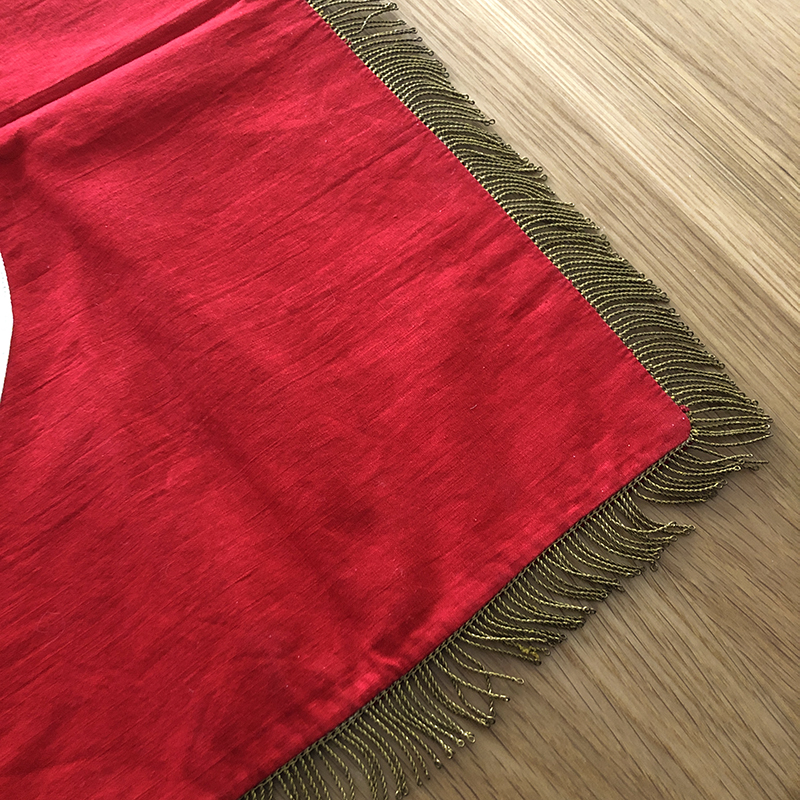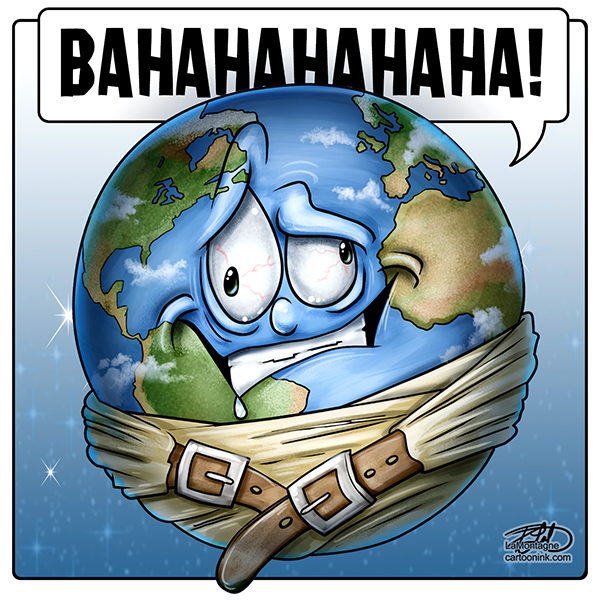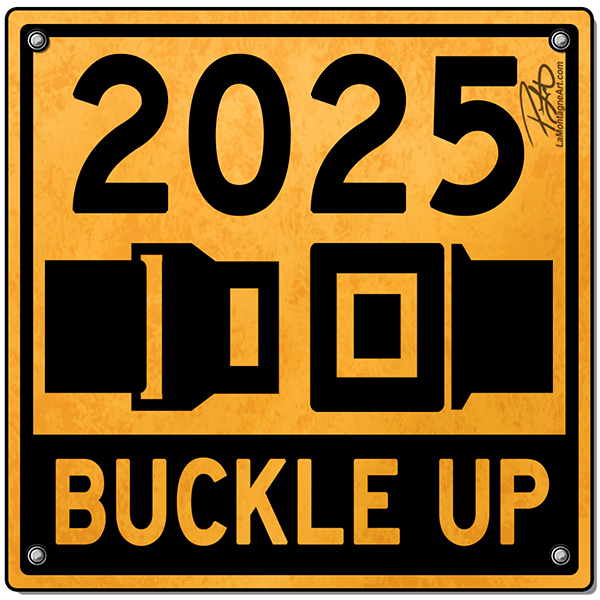
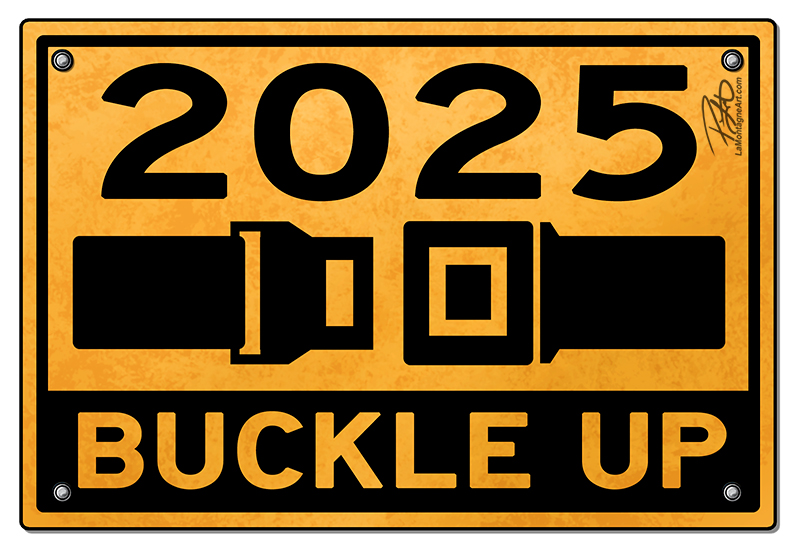 New subscribers usually follow me for my whimsical wildlife art. They’re often unaware that half of my business, about 40% these days, is drawing syndicated editorial cartoons for daily and weekly newspapers in several Canadian provinces. In addition to painting my wildlife art, I draw six or seven cartoons each week.
New subscribers usually follow me for my whimsical wildlife art. They’re often unaware that half of my business, about 40% these days, is drawing syndicated editorial cartoons for daily and weekly newspapers in several Canadian provinces. In addition to painting my wildlife art, I draw six or seven cartoons each week.
A short time ago, I wrote a post about my disappointment at the outcome of the US election. For my email subscribers, I prefaced it with a clear statement that the narrative they were about to read was political. I suggested that subscribers who’d rather not read that opinion piece could close the email, and I’d have something more up-tempo for them later.
Of course, one subscriber who kept reading (his choice) and didn’t like it, sent me an email that read, “Nobody cares about your TDS, JUST DRAW PICTURES. I am embarrassed to own your art work now, stop it.”
TDS means Trump Derangement Syndrome. I had to look it up.
The loudest advocates for freedom of speech are almost always talking exclusively about their own. Because I long ago learned the lessons about the futility of online arguments, I didn’t respond, and he unsubscribed.
Though the following is not political, it’s not upbeat. It’s not a New Year’s post that this will be the best year ever! Some might consider it dark and sombre as it puts a harsh spotlight on the fact that we each have an expiry date, and none of us knows when that is.
If you’re not up for that kind of read, this is your exit. Drive safely. We can meet up a little further down the road.
Still here? Your call.
I saw a news article this week titled The Celebrities We Lost in 2024. Many on the list I hadn’t heard about their passing or had forgotten I’d seen it. True to my nature, I noted each cause of death. It happens once you reach a certain age; you realize that, yeah, it’s coming. Unfortunately, I began ruminating on my pending demise years earlier than I should have, a consequence of OCD and anxiety issues.
I’m not afraid of death. I imagine, for many, it’s like going to sleep. You’re awake, then you’re not. Out, brief candle, and all that. If there’s something afterward, I’ll find out then. I am, however, terrified of failing health, physical infirmity and cognitive decline. The shit you think only happens to other people can and will happen to you or those you care about.
I am also afraid of regret, a life unlived, and unrealized potential.
I don’t care if I’m remembered. Most of us aren’t. I once read a conversation where the question was asked, “What was your grandfather’s name?”
Upon receiving the answer, the follow-up question was, “What was his grandfather’s name?”
Very few of us could answer the second question correctly, and that’s the point.
If I’m going to be here, and if it doesn’t matter much in the cosmic timeline, I’d like to do something worthwhile, or at least fool myself into thinking so.
So far, I feel I haven’t. Sadly, that perspective means I’ll likely never feel like I’ve done enough because I couldn’t even tell you what that means. Whatever laurels may come, I will never rest on them. Retirement doesn’t appeal to me. I need to keep busy. It’s the only way to turn the volume down on the noise in my head.
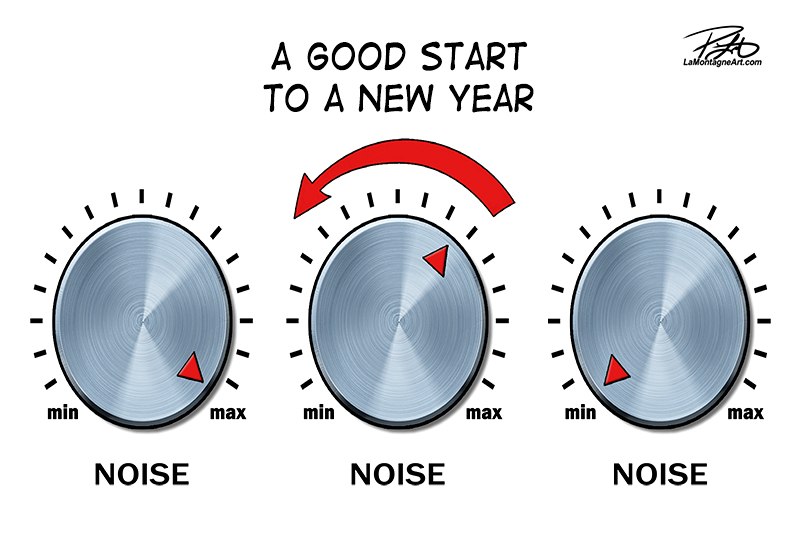 On that list of celebrity passings, for the ones that didn’t say, I found myself looking up their causes of death. Mostly, it was the usual suspects I don’t need to list. They’re the indignities of disease and illness that can strike any time but become more likely the longer we’re here.
On that list of celebrity passings, for the ones that didn’t say, I found myself looking up their causes of death. Mostly, it was the usual suspects I don’t need to list. They’re the indignities of disease and illness that can strike any time but become more likely the longer we’re here.
And I found myself looking at their ages; the ones that stood out were those around my own. We view the world from the space and time we occupy. I was once an arrogant 20-year-old who viewed 40 as something that happened to other people.
My Dad’s brother and their father both died at 53, the age I am now. While both were consequences of vice and bad habits, I didn’t realize how that fact has coloured my perspective for much of my adult life. Whether I registered it or not, I have long viewed my fifties as old age. Even though I am in good physical health (mental, the jury’s still out) and barring any skeletal spectre’s finger settling on my forehead, odds are I have many productive years ahead of me and miles to go before I sleep.
Regardless, I have long heard a ticking clock. And when the bell tolls, I won’t ask “Why me?”
It means I don’t often enjoy moments as they happen because I’m a pessimist by nature. I know that good or bad, young or old, fate does not have a conscience. It doesn’t discriminate.
My wife’s only sister was 20 years old when she died, thrown from a horse. She was an experienced rider, and it was bad luck that it happened in the wrong place. Five feet in any direction, and she might have been fine. It was a simple accident, and suddenly, she didn’t get to experience all the little things most of us take for granted.
And yet, some very nasty prominent people amass obscene fortunes through nefarious means, exploiting millions of people they’ll never meet and live well into their senior years. We might kid ourselves that money doesn’t buy happiness, but it sure as hell buys comfort and health care.
Life ain’t fair. Never has been.
So, while I may not always enjoy the little things as I should or stop and smell the roses, I have no delusions about my time here. It can end today or in forty years, likely in a manner I don’t see coming.
I know it’s an unhealthy perspective, but at the end of each year, I often look back with regret for the things I’ve wasted my time on. And for the failures, of which there are many, I take a deep breath and with a furrowed brow and through clenched teeth, resolve to try, try again in the year ahead.
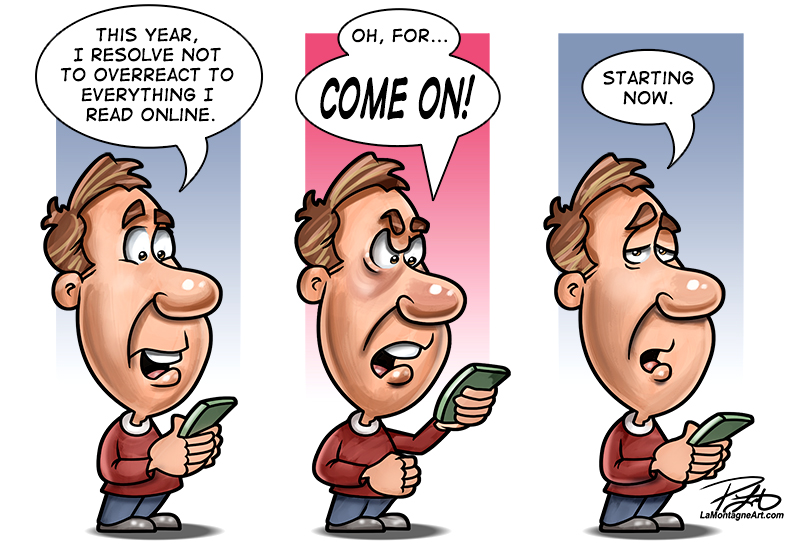 Though clichés and platitudes, there are lessons I clearly haven’t yet learned, that I’d do well to remember heading into 2025. Perhaps they’ll give you something to consider as well.
Though clichés and platitudes, there are lessons I clearly haven’t yet learned, that I’d do well to remember heading into 2025. Perhaps they’ll give you something to consider as well.
You can’t change other people. You can only change yourself. To many you know, your value is only what you can do for them, and they have assigned you a specific place and position in their life. You are the average of the five people you spend the most time with. Some want to see you grow. Others want you to stay right where you are.
Change never happens when you’re comfortable. Discomfort is often a necessary trigger to motivate sedentary people into action, especially when you’ve finally had enough of whatever you can no longer tolerate.
If you do the same things, you get the same results. Blame is easy. So are excuses.
Your job will be posted before your obituary. How you spend your days is how you spend your life.
I don’t know about you, but I have spent far too much time watching television and following unimportant news stories designed by an algorithm to trigger my negative emotions. It is nobody’s fault but mine because I allowed it and kept returning for more.
If you want to spend less time on your devices, then spend less time on your devices. The choice is that simple. You break a bad habit by replacing it with a better one. And yes, it’s hard to do.
There are 8 billion people on the planet. Expecting them to see the world exactly how you do is foolish and arrogant. We are each the product of our genetics, upbringing and experiences; no individual life is a copy of another. And yet, out of fear and a need to feel secure in our choices, we might call somebody else stupid if they choose to drive a different car than we would.
Stand in someone else’s shoes. Consider that you might be wrong.
Don’t take criticism from people who would never take it from you.
Success means different things to different people. You won’t know what winning looks like if you’ve never lost. There is a price to pay for everything. Nothing worthwhile happens without effort and sacrifice. They don’t engrave how many likes and shares you got on your tombstone.
Most people aren’t thinking about you. They’re thinking about themselves. What a relief. Live your own life. Let others do the same.
We’re all on different paths but most definitely heading to the same destination.
Time’s ticking.
Good luck.
____
©Patrick LaMontagne 2024

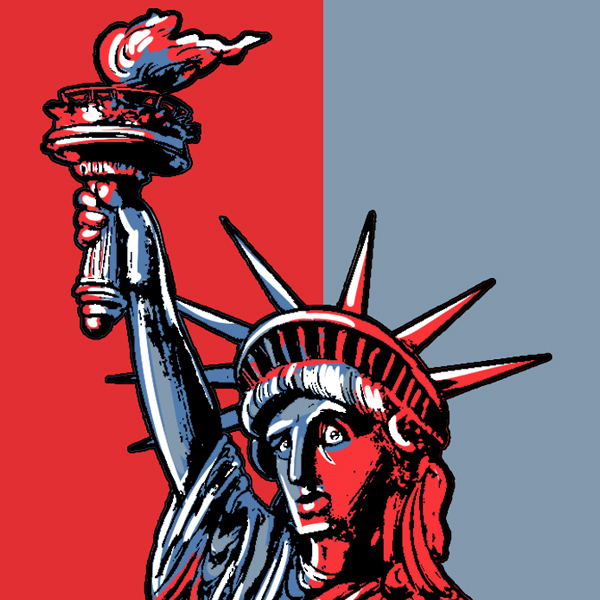
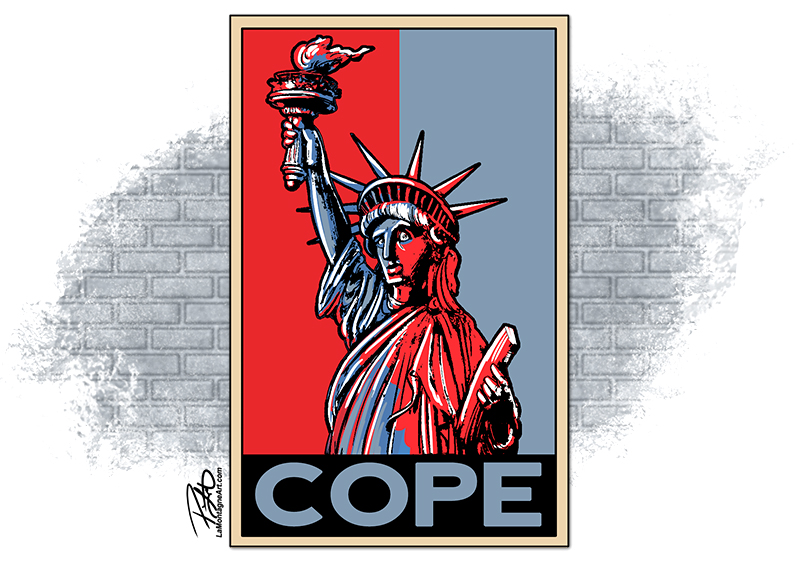 I haven’t been sleeping well, and I’m sure I’m not the only one.
I haven’t been sleeping well, and I’m sure I’m not the only one.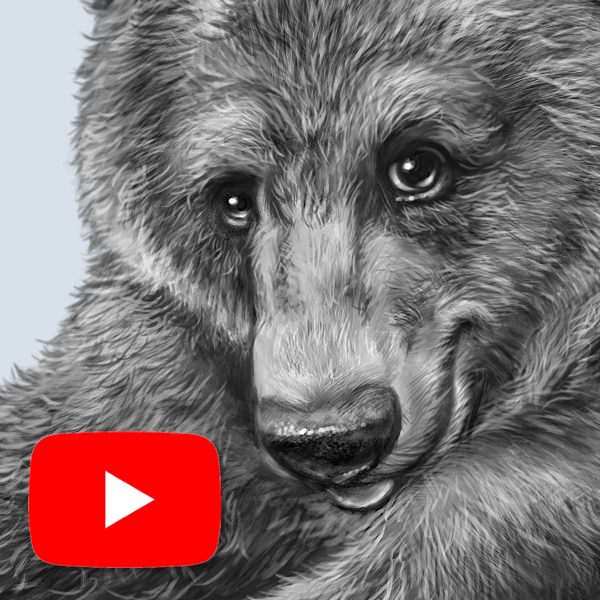
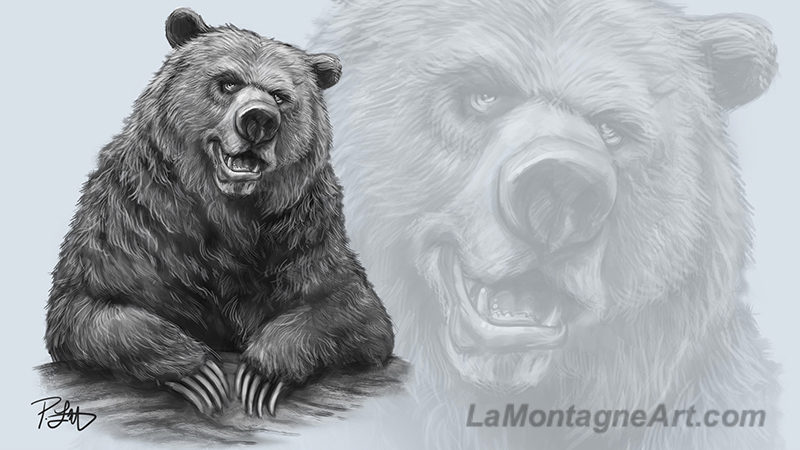 Parents used to tell their children to get an education and have something to fall back on, but those safety jobs have become rare. The days of thirty or forty years with a company followed by a healthy pension are long gone. We read daily about massive layoffs from corporations with names that used to be synonymous with stability.
Parents used to tell their children to get an education and have something to fall back on, but those safety jobs have become rare. The days of thirty or forty years with a company followed by a healthy pension are long gone. We read daily about massive layoffs from corporations with names that used to be synonymous with stability.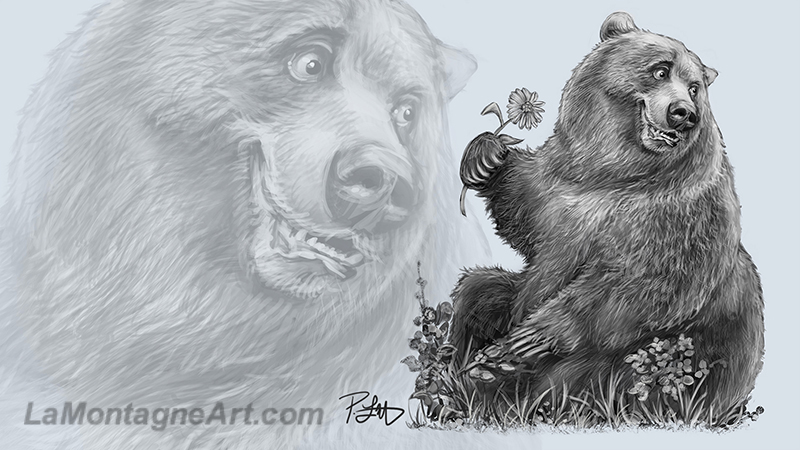 Several licensing companies rent the rights to put my work on their products. Occasionally, one will ask for a painting of a specific animal. If I can, I’ll try to accommodate the request. But without fail, as soon as I do, the client has a list of other images they want me to create.
Several licensing companies rent the rights to put my work on their products. Occasionally, one will ask for a painting of a specific animal. If I can, I’ll try to accommodate the request. But without fail, as soon as I do, the client has a list of other images they want me to create.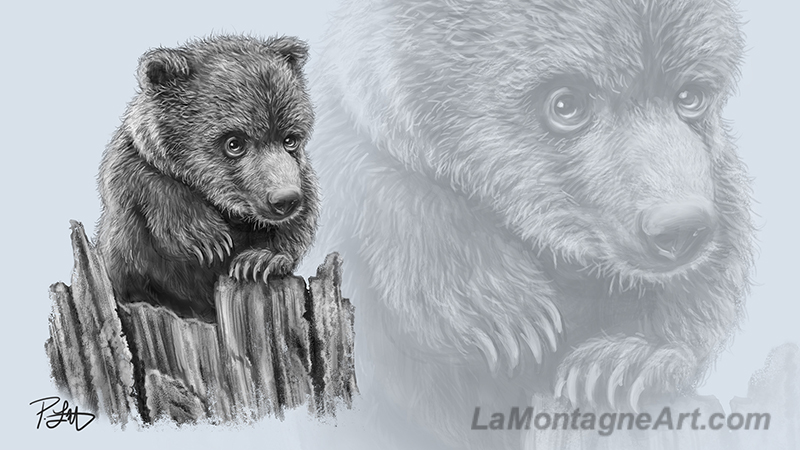 When companies are your clients, your needs are not their needs. If your art resonates with their customers, then it’s mutually beneficial. But the moment it doesn’t, you’re yesterday’s news. They’ll work with the artist who makes them the most money. They’re in business to promote their company, not your work.
When companies are your clients, your needs are not their needs. If your art resonates with their customers, then it’s mutually beneficial. But the moment it doesn’t, you’re yesterday’s news. They’ll work with the artist who makes them the most money. They’re in business to promote their company, not your work.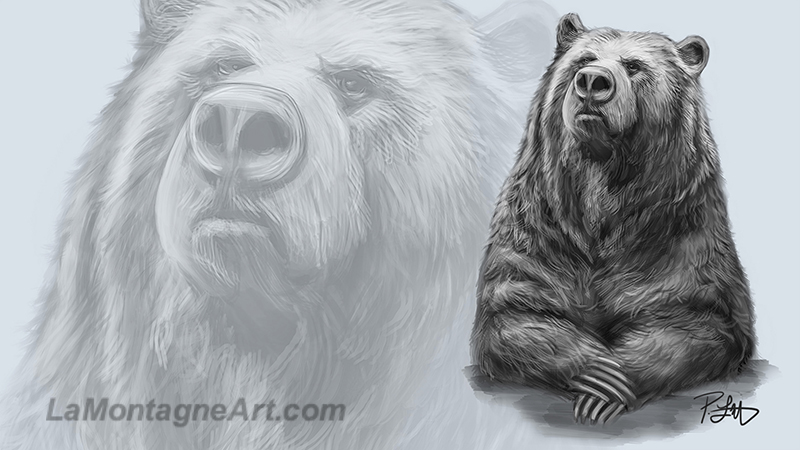 Customer service, professional behaviour and sound business practices are essential, as is compromise and accommodating your clients’ needs and wishes. People pay you to supply what they need, and delivering that often builds lasting relationships beneficial to both parties. All boats rise with the tide. Fail to realize these things, and you’ll soon be out of business.
Customer service, professional behaviour and sound business practices are essential, as is compromise and accommodating your clients’ needs and wishes. People pay you to supply what they need, and delivering that often builds lasting relationships beneficial to both parties. All boats rise with the tide. Fail to realize these things, and you’ll soon be out of business.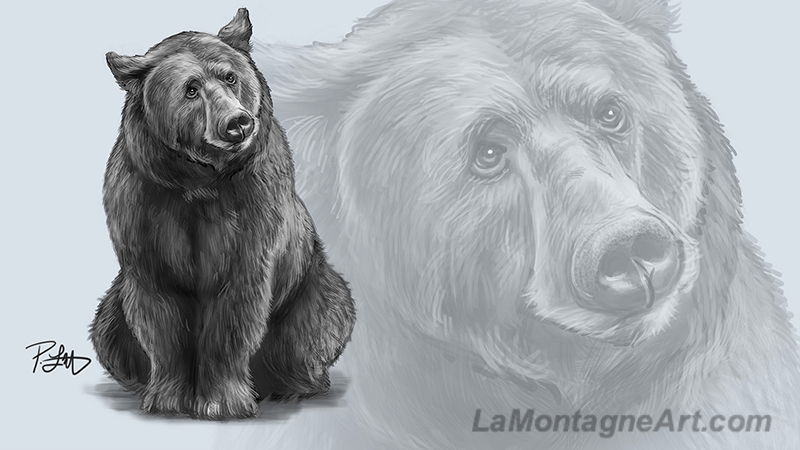 I enjoy creating my animal art, but lately, whenever I go to paint something, I think, “Will this animal be popular? Have I painted too many of these? Not enough? Will this make me any money?”
I enjoy creating my animal art, but lately, whenever I go to paint something, I think, “Will this animal be popular? Have I painted too many of these? Not enough? Will this make me any money?”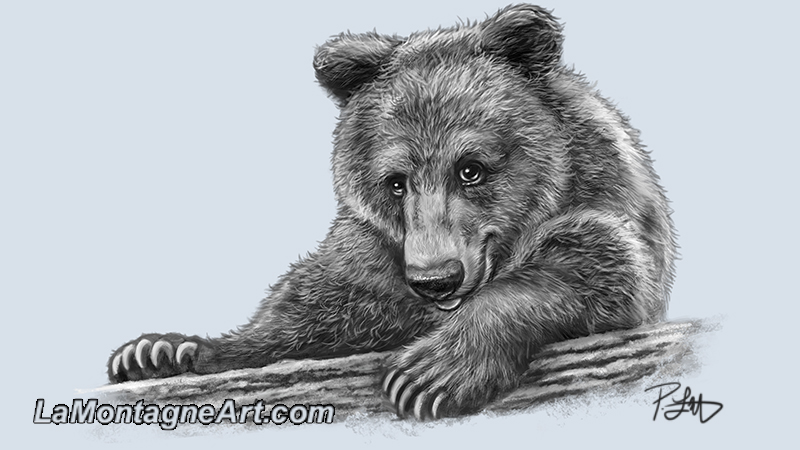 So while I’m trying to answer the question of what I want to do, I’m working on my art book about bears. Not promising to work on it like I’ve been doing for more than six years, but working on it, as I’m well and truly sick and tired of my own procrastination and bullshit excuses.
So while I’m trying to answer the question of what I want to do, I’m working on my art book about bears. Not promising to work on it like I’ve been doing for more than six years, but working on it, as I’m well and truly sick and tired of my own procrastination and bullshit excuses.
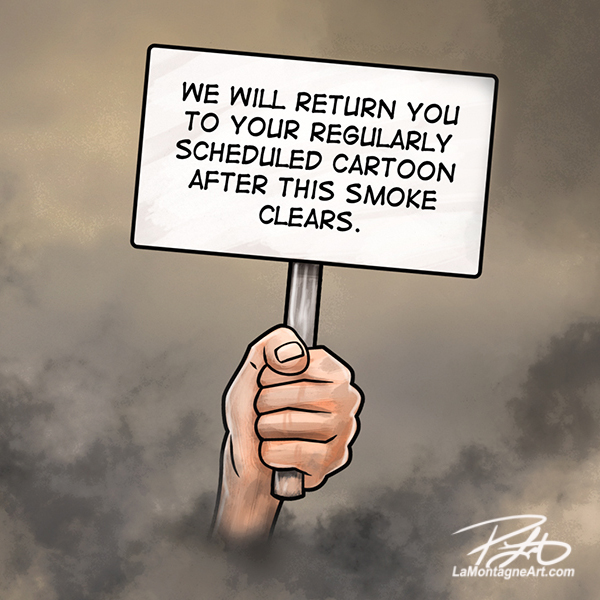
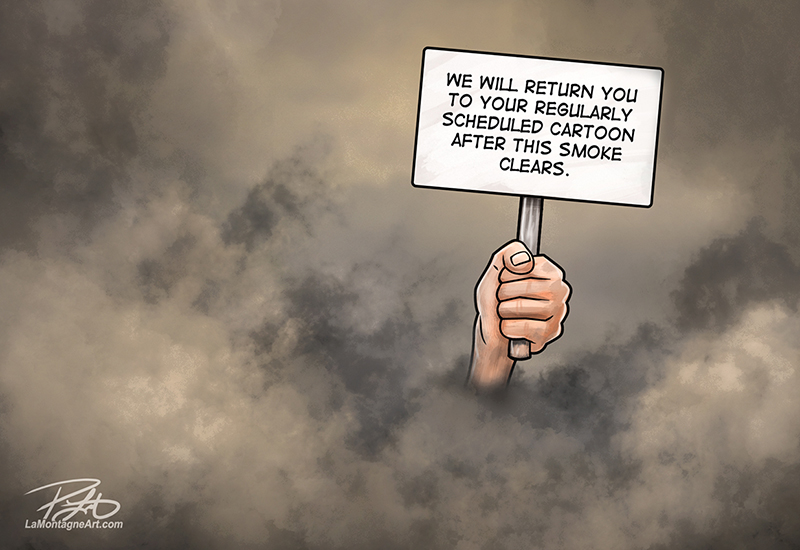
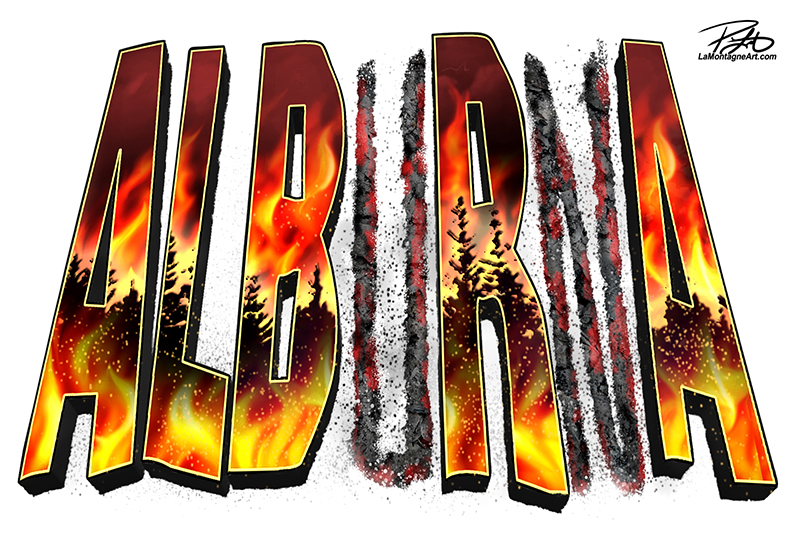
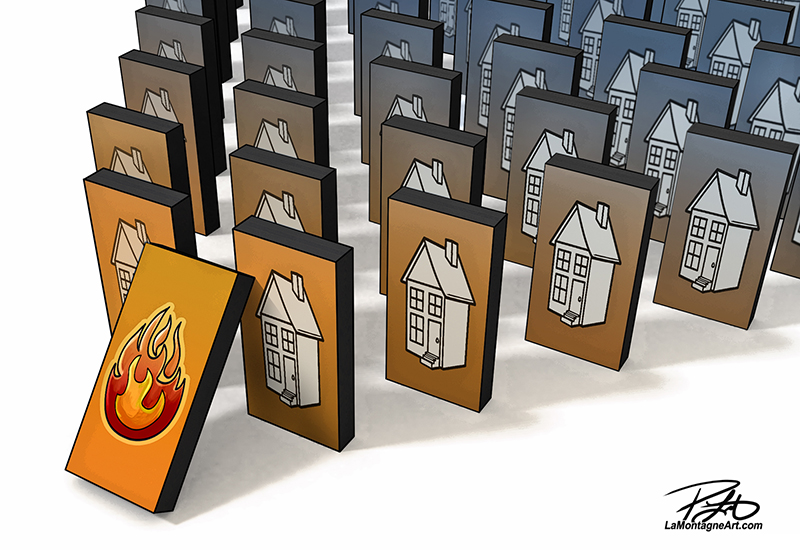 Even with that small level of experience, I can’t imagine the stress these recent fire evacuees are enduring. Two weeks out of your home, watching the fires on the news as they get closer, often from hours away in shelters or homes in unfamiliar communities, not knowing when or if you’ll be able to return.
Even with that small level of experience, I can’t imagine the stress these recent fire evacuees are enduring. Two weeks out of your home, watching the fires on the news as they get closer, often from hours away in shelters or homes in unfamiliar communities, not knowing when or if you’ll be able to return.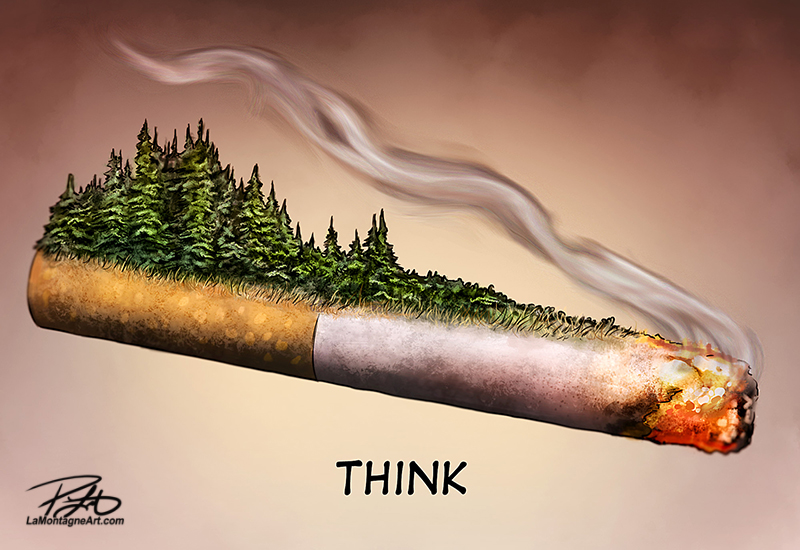 Wildfires are destructive enough. But what bothers me most is how so many use these disasters to further their agendas, political or otherwise.
Wildfires are destructive enough. But what bothers me most is how so many use these disasters to further their agendas, political or otherwise.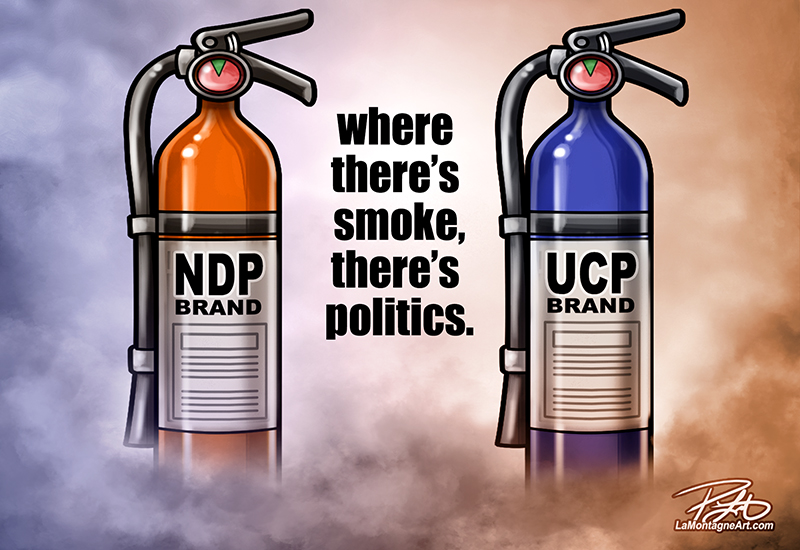 Some supporters of BOTH political parties accuse the other of deliberately starting these fires to win votes. People in the energy sector are accusing environmentalists of starting fires to destroy the oil patch. Climate change activists use the fires to trumpet their agendas, and deniers share cherry-picked links to debunk them.
Some supporters of BOTH political parties accuse the other of deliberately starting these fires to win votes. People in the energy sector are accusing environmentalists of starting fires to destroy the oil patch. Climate change activists use the fires to trumpet their agendas, and deniers share cherry-picked links to debunk them.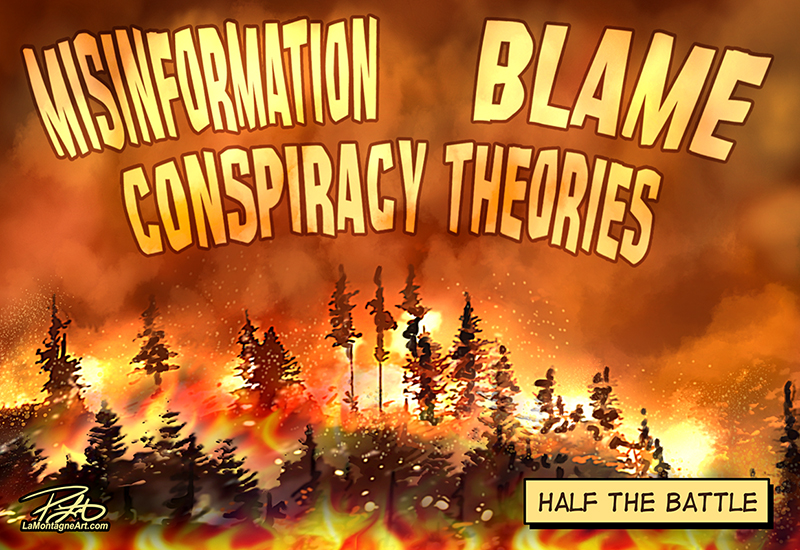 Amid all this noise, people out of their homes haven’t had a good night’s sleep in weeks, they’re unable to work, their kids are out of school, and whatever problems they already had are compounded. They’re scared, vulnerable, and feeling helpless. Their world is falling apart, and they can do nothing about it.
Amid all this noise, people out of their homes haven’t had a good night’s sleep in weeks, they’re unable to work, their kids are out of school, and whatever problems they already had are compounded. They’re scared, vulnerable, and feeling helpless. Their world is falling apart, and they can do nothing about it.
